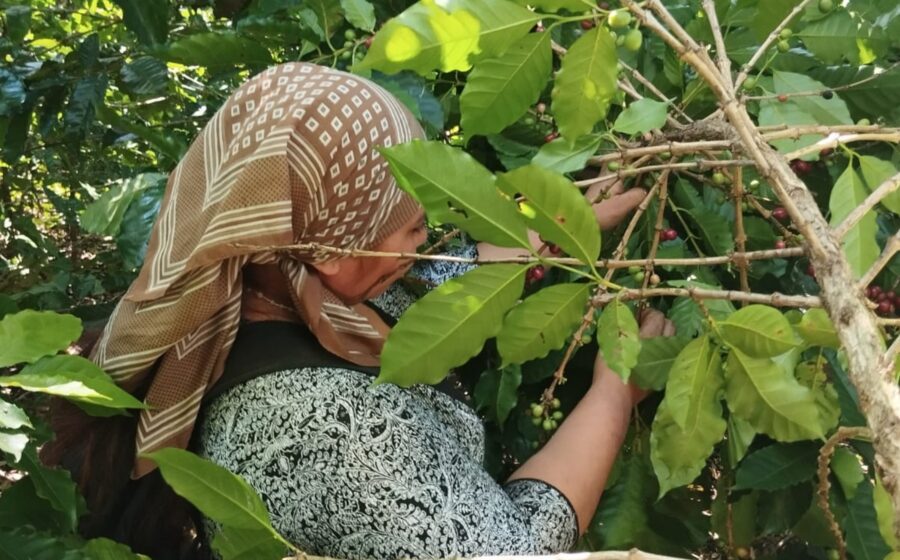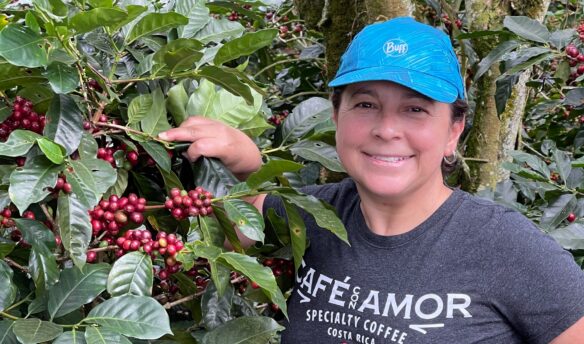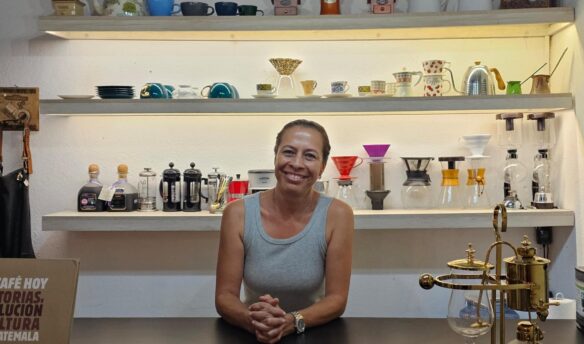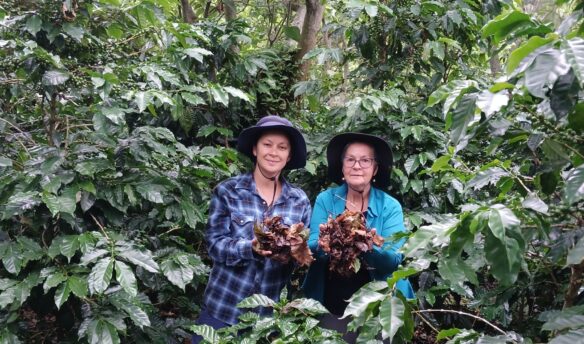There is a sense of calm at Bella Vista, a coffee farm on the outskirts of Volcán Casita, a volcano northwest of Managua, Nicaragua. A warm wind blows through the trees, and birds perched on branches fill the air with their sing-song chirps, undercut by rustling leaves.
As I move towards the casa hacienda, or the farmhouse, I hear workers processing freshly picked batches of red coffee cherries in the wet mill. In a small kitchen, I see women brewing coffee on a 100-year-old stove.
For millions, drinking coffee is an essential morning routine, done almost subconsciously to start the day. But as crucial as coffee is to many, the stories of those who make your morning cup possible are often ignored, particularly those of women coffee pickers.
Coffee pickers play a vital role in coffee production. They remove cherries from the coffee plant, which are later processed, exported, roasted, and eventually sipped by coffee drinkers worldwide. Many pickers are women (women make up an estimated 70% of the labor needed to produce coffee), and along with performing the physically taxing work of picking coffee, they often take on most family obligations, child-rearing, and housework.
Much of the work that women coffee pickers do is underreported, so I decided to talk to the women pickers at Bella Vista and learn more about their lives. I hoped to shed light on the challenges shaping their everyday experiences.
Balancing Act
About 60 women work as coffee pickers at Bella Vista during the harvest season. Some live on the farm, while others come from neighboring communities around Bella Vista. Coffee picking is often a family affair: many women bring their sisters, mothers, and other family members to help harvest and care for their children during working hours.
Celina Diaz, now 46, has been working on the farm since she was 14. Every morning, she wakes up at 4 a.m. to prepare breakfast: rice, beans, and plantain. This is the typical breakfast, lunch, and dinner for most coffee workers on the farm.

“Sometimes we add cream or cheese called cuajada to our breakfast,” she tells me. At Bella Vista, “beans are also grown to supply the workers with their food,” says Norman Barrero, the farm’s manager.
For Belkis Hernandez, 22, and Darling Silva, 38, waking up also means preparing food for their children and husbands, who are also coffee pickers on the farm. Women are often expected to not only work as coffee pickers but also attend to tasks around the home. This means keeping rooms tidy, washing clothes (usually with a washboard), and ensuring the children have been fed and bathed.
Hernandez is one of the newer coffee pickers at Bella Vista. She has a one-year-old daughter, and along with picking coffee, she juggles household responsibilities and child-rearing. Her mother, who is also a coffee picker, helps with her daughter when Hernandez is out in the field.
“I come home with my basket at noon to heat the food for the family while my mother goes out to the fields and continues picking coffee,” Hernandez says. “We take turns to help each other.” Sometimes, she brings her daughter in a sling and occasionally breastfeeds her while picking coffee.
Many pickers leave their children with family members while they work. “Raising children and working was difficult,” says Maylin, a coffee picker who has worked at Bella Vista since 2017. “But in the end, all we want is our children to be happy and healthy, and the best way to give them a better life is to show them to work hard.” Maylin knows her children are in good hands, but she, like many women I talked to, still worries about her children back home.
Diaz, who started as a picker and is now a farm cook, relied heavily on her mom when she first had children. “My mom would help me with my small children while I worked outside the home; she would help raise them,” she says.
She tries to get a lot done before she starts her day. “I make sure our living quarters are spotless and wash clothes for the next day,” Diaz says. “I also prepare food for my family early, so they just need to heat it.”
The Day Begins
Once breakfast is made and the children are set, the women go out into the fields. The day is long: many of the women are out picking by 5:30 a.m. At lunch, I see some of the pickers retrieving avocados growing on nearby trees. The day typically ends around 3:00, when the pickers prepare the cherries they’ve picked to be transported and weighed.
While the pickers are out gathering cherries, Diaz prepares meals for more than 100 workers, ensuring they are well-fed and ready for the day.
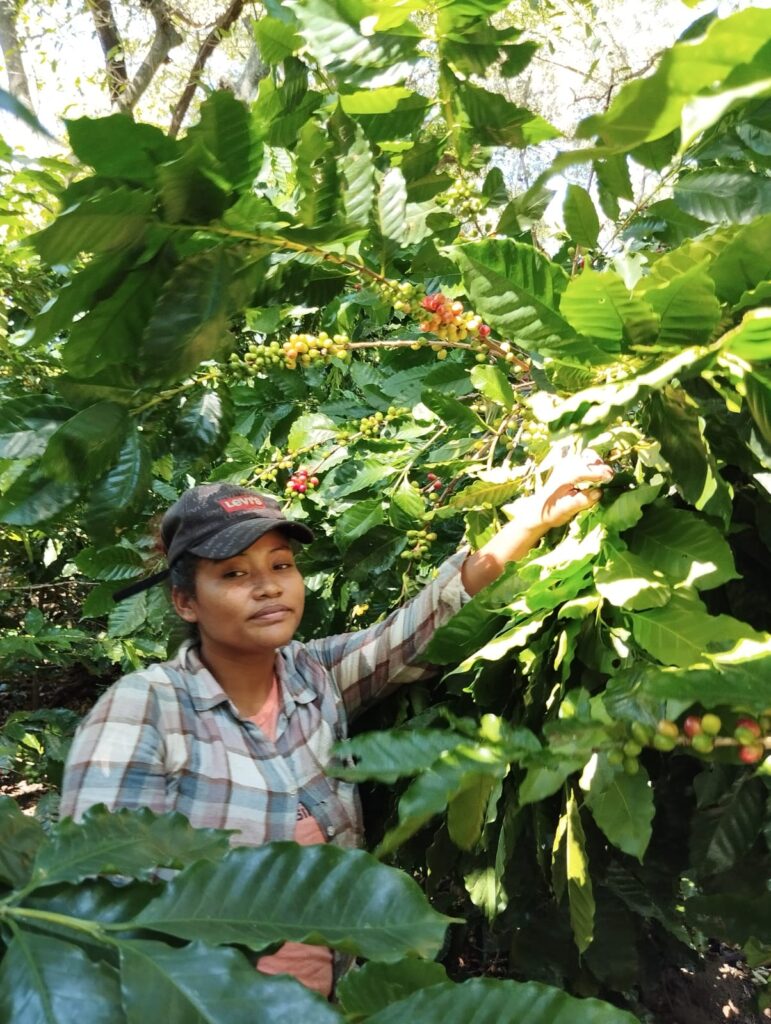
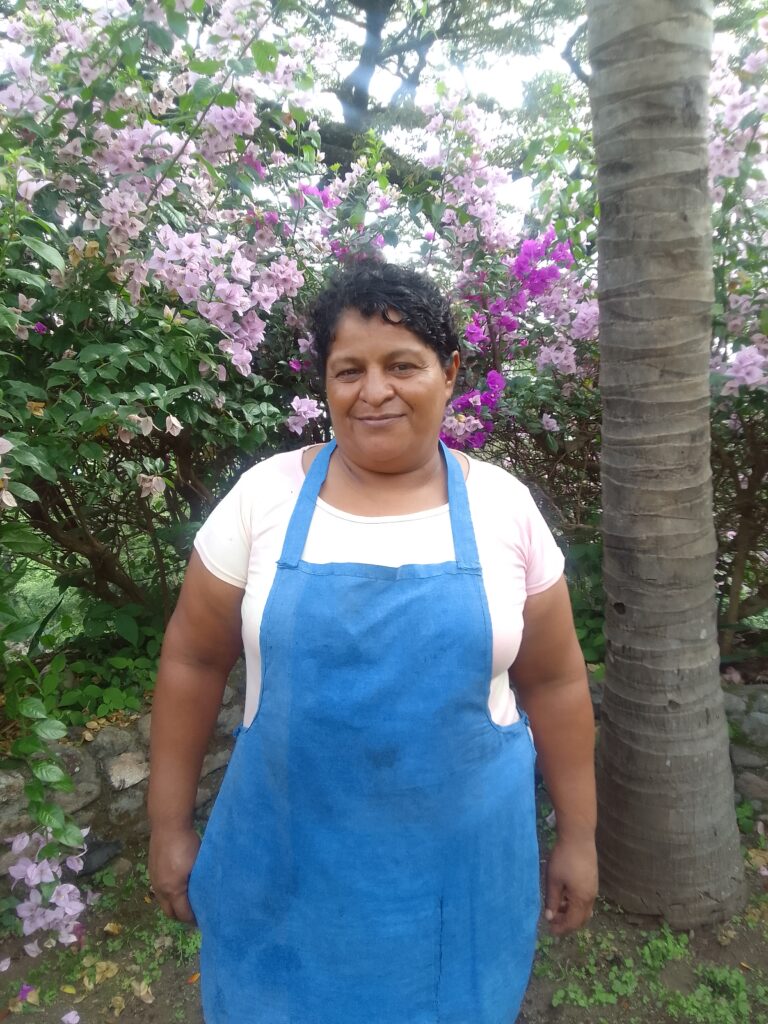
There’s a high level of trust and camaraderie amongst the coffee pickers that live on the farm. At Bella Vista, there is an unspoken rule: “If a fellow woman asked me to look after her children, I would do it because we help each other,” says Silva, one of the more senior pickers on the farm. She has two children, ages 5 and 18, and knows any of her fellow pickers would help with her kids. “Although we are not family, we are a true community.”
Barrera says that Bella Vista is constantly exploring new ways to become more sustainable and to provide more work and income for women coffee pickers.
Bella Vista also grows ojoche, or breadnut, and many women pickers want to harvest ojoche because it bears fruit more frequently than coffee plants. “Ojoche is another tree that gives us more jobs so that we can earn more,” says Maylin.
If you’re drinking specialty coffee, chances are that someone handpicked every single bean to make your cup. Yet, the lives of those who pick coffee—particularly women—are often ignored. These are just a few moments from the lives of the women coffee pickers in Bella Vista. For me, the glimpse into the daily lives of these women reveals the profound human connection behind each cup of coffee.



